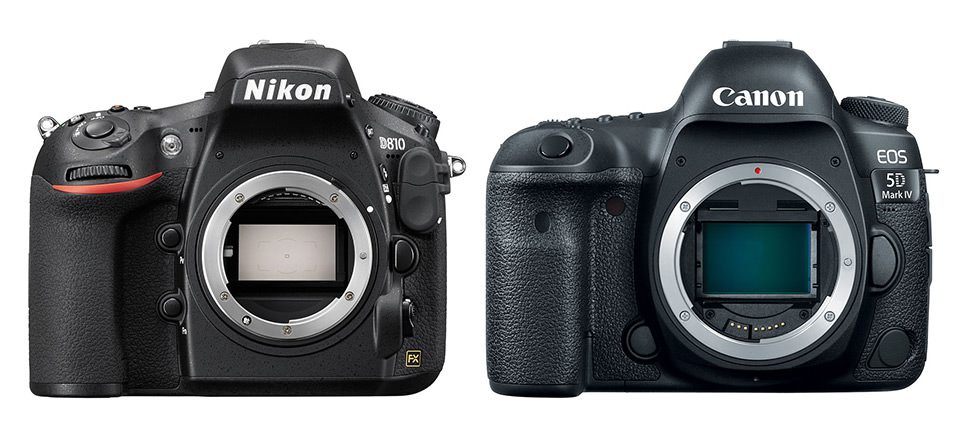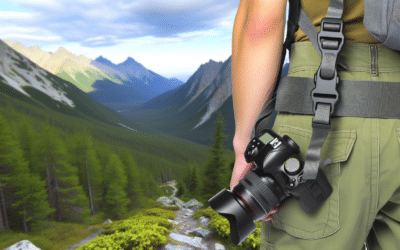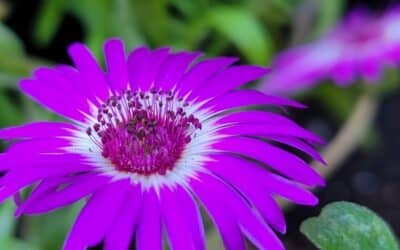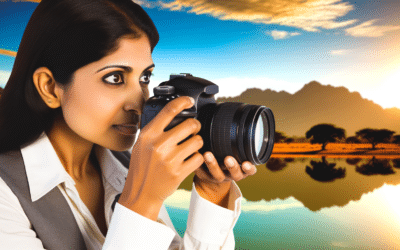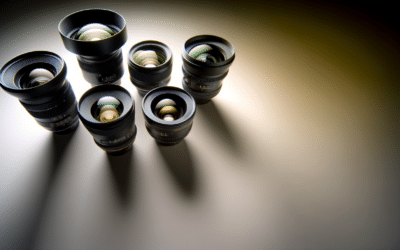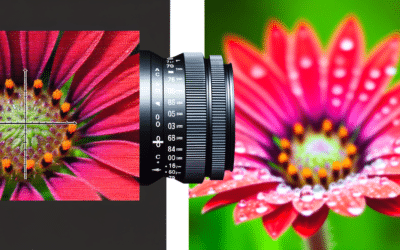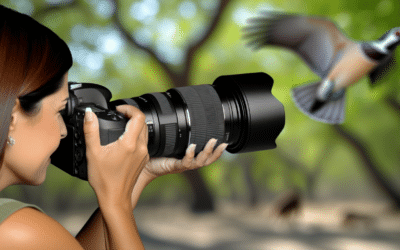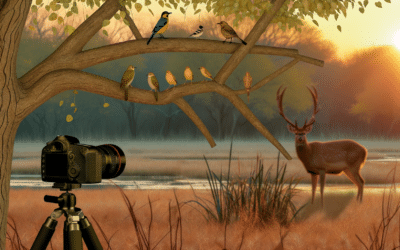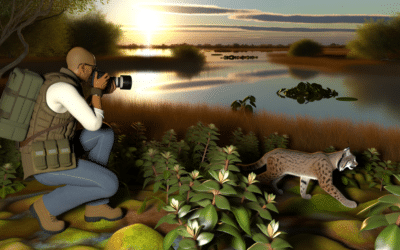Nature photography is a genre that requires a photographer to have a keen eye for detail, a love for the natural world, and equipment that can handle the challenges of capturing the beauty of nature. The camera is one of the most important tools for a nature photographer, and choosing the right camera can make all the difference in the final images produced. In this article, we will delve into the features of two of the most popular cameras for nature photography, the Nikon D810 and the Canon 5D Mark IV, and explore why the Nikon D810 is the superior choice for nature photographers.
Resolution
One of the primary factors that separate the Nikon D810 from the Canon 5D Mark IV is the resolution of the camera’s sensors. The Nikon D810 boasts a 36.3-megapixel sensor, while the Canon 5D Mark IV’s sensor has a resolution of 30.4 megapixels. This difference in resolution may not seem like much, but it can have a significant impact on the final image. More resolution means more detail and greater flexibility in post-processing, which is especially important in nature photography where the smallest details can make a big difference in the final image.
Dynamic Range
Dynamic range is another important factor to consider when choosing a camera for nature photography. The dynamic range of a camera refers to its ability to capture detail in both the brightest and darkest parts of an image. The Nikon D810 offers a wider dynamic range than the Canon 5D Mark IV, which means it can capture more detail in challenging lighting conditions. This is a significant advantage for nature photographers who often deal with changing light conditions when shooting outdoors. With a wider dynamic range, the Nikon D810 can capture more detail in both the highlights and shadows of an image, resulting in a more dynamic and detailed final image.
Low-Light Performance
Nature photographers often find themselves shooting in low-light conditions, such as early mornings or late evenings. The Nikon D810 excels in low-light situations, thanks to its impressive ISO range. The camera’s ISO range goes up to 64,000, which means it can capture usable images in very low-light situations. The Canon 5D Mark IV’s ISO range only goes up to 32,000, which can limit its usability in low-light situations. This means that the Nikon D810 is the better option for nature photographers who need a camera that can perform in a variety of lighting conditions.
Image Stabilization
Image stabilization is another important feature to consider when choosing a camera for nature photography. The Nikon D810 offers better image stabilization than the Canon 5D Mark IV, thanks to its built-in vibration reduction system. This system can compensate for camera shake and allow for sharper images, even at slower shutter speeds. This is particularly useful for nature photographers who may be shooting handheld and don’t have the luxury of a tripod. While the Canon 5D Mark IV also offers image stabilization, it is not as effective as the Nikon D810’s system.
Customization Options
Customization options are important for any photographer who wants to make quick adjustments to their camera settings. The Nikon D810 offers better customization options than the Canon 5D Mark IV, with a more intuitive menu system and a greater number of customizable buttons. This allows for quicker access to frequently used settings, which can be a huge advantage for nature photographers who need to make quick adjustments to their camera settings in order to capture the perfect shot.
Rugged Build
Finally, a camera that is built to withstand the challenges of nature photography is essential for any serious nature photographer. The Nikon D810 is a more rugged camera than the Canon 5D Mark IV, with a magnesium alloy body that is both weather-sealed and dust-proof. This makes it the perfect choice for nature photographers who need a camera that can take up to lots of punishment.
Nikon Z9 review: a DSLR-like stills/video monster
The Nikon Z9 is a groundbreaking 45.7MP full-frame mirrorless camera designed for professional sports photography. It boasts a...
Rural Travels with the Nikon Z9. My Full Review. |
Steve Huff shares his comprehensive experience with the Nikon Z9 camera, highlighting its exceptional capabilities as a hybrid...
Top 5 Exciting New Cameras for 2024
Camera technology, particularly mirrorless models, has seen significant advancements, with the latest releases showcasing...
The Best Camera Strap for Hiking and Backpacking
Carrying a DSLR camera with a traditional neck strap while hiking can be cumbersome, causing neck discomfort and camera swing....
Best Camera Strap for Hiking
Welcome fellow explorers and shutterbugs! If you’re seeking the ‘Best Camera Strap for Hiking’, you’re in the right place. Just...
22 Landscape Photography Tips for Beginners
The Essence of Landscape Photography The allure of landscape photography extends beyond picturesque sunsets and vibrant foliage;...
A Guide to Filters for Lenses
Lens filters serve a dual purpose: they protect the camera lens and enhance image quality. Basic filters include ultra-violet...
What Type of Lens to Use for Specific Situations
The lens is a crucial component of a camera, significantly impacting image clarity, color, and detail. In contrast to fixed...
How To Get Up Close With Close-Up Lenses
An Overview of Close-Up Lenses For those seeking a cost-effective and straightforward method for capturing detailed images of...
10 Best Lenses for Wildlife Photography (2024)
The Sony FE 70-200mm f/2.8 GM OSS II lens represents a significant improvement over its predecessor, offering a lighter design...
20 Essential Tips on Wildlife Photography for Beginners
Entering the realm of wildlife photography can be an intimidating endeavor. Wildlife photographers often find themselves in...
Nature Photography 101
Nature photography is not only an enjoyable hobby but also a means to contribute to conservation efforts. Enthusiasts like David...
